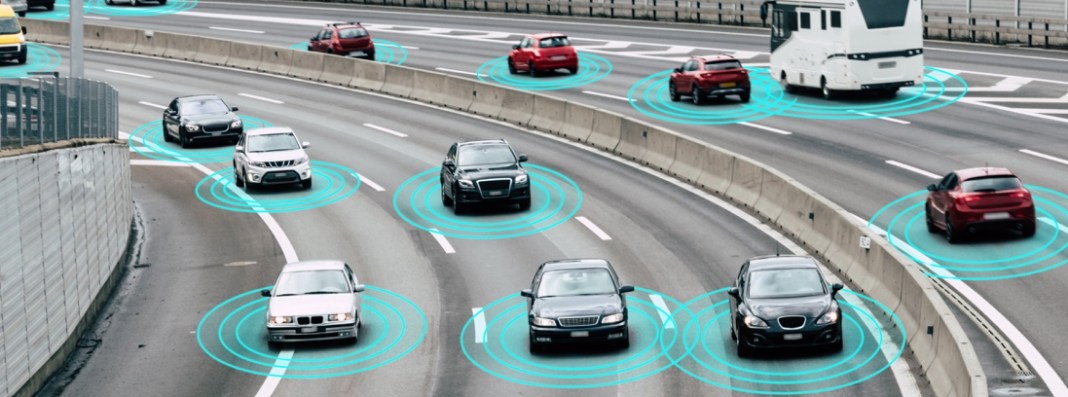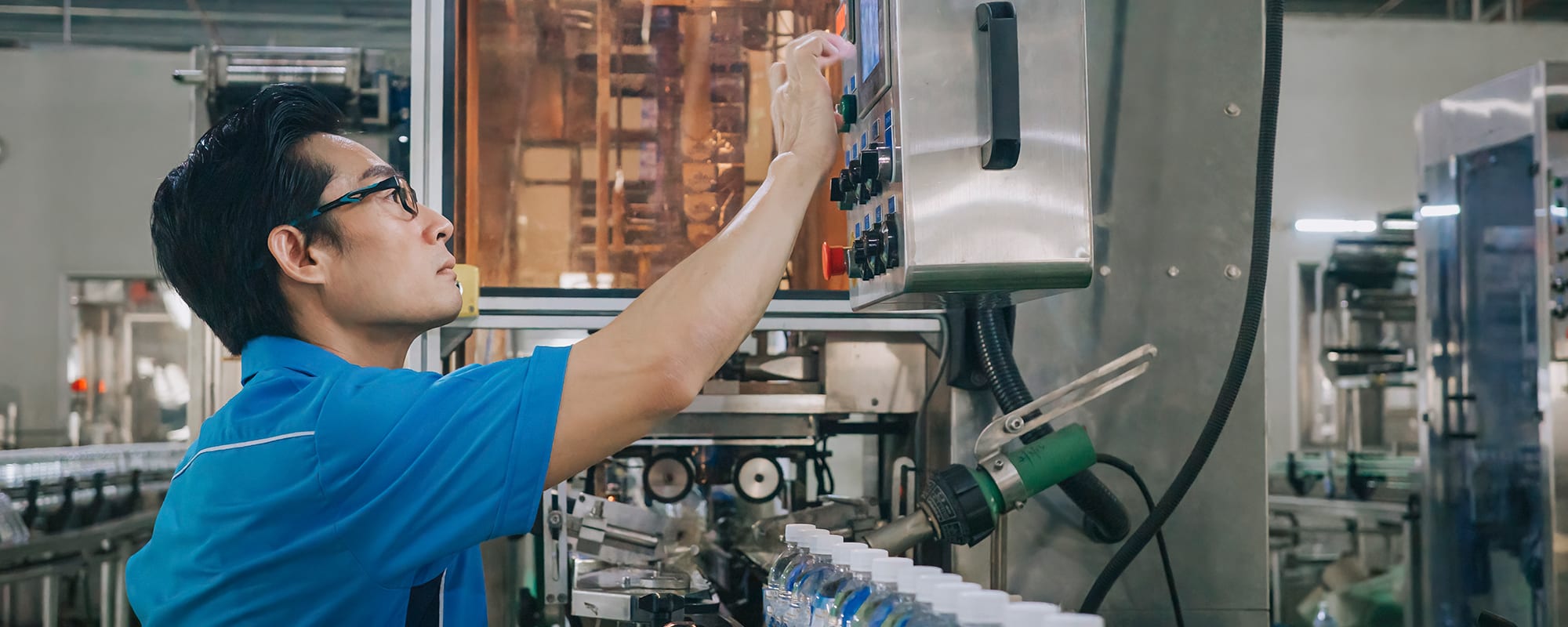Applications
Ultrasonic proximity sensors measure the distance of an object by measuring the time between emission and reception of a pulse of sound. Because ultrasonic sensors use sound for detection, they are able to detect non-metallic, non-transparent and complex objects which would pose a problem for other sensors. Ultrasonic sensors are used in many process and inventory management applications such as liquid level control, distance measurement, stacking height control, thread or wire break detection, and detecting of components parts for automotive assembly.


Advantages:
- Ultrasonic sensors can detect most object types, including metallic and non-metallic objects, transparent objects such as glass and liquid surfaces, and complex-shaped objects such as mesh trays or springs
- Resistant to mist, dirt and corrosion, suitable for use in dirty and damp environments
Limitations:
- Ultrasonic sensors usually require relatively complex installation
- Ultrasonic sensors cannot measure through physical barriers such as a pipe, plastic wall or hopper, or in a vacuum
- Limited range
- Affected by high-temperature, pressure and background noise — unsuitable for noisy or harsh environments
- Can only detect presence, absence or location, not movement, direction or physical properties of objects such as shape, size or luminescence
- Limited velocity; not suitable for counting applications requiring high repetition rates
- Low reliability compared to other sensor types; should not be used in high-risk applications where safety is critical
How helpful was this article? Click a star to rate.
[1 votes so far. Average rating of 5]







